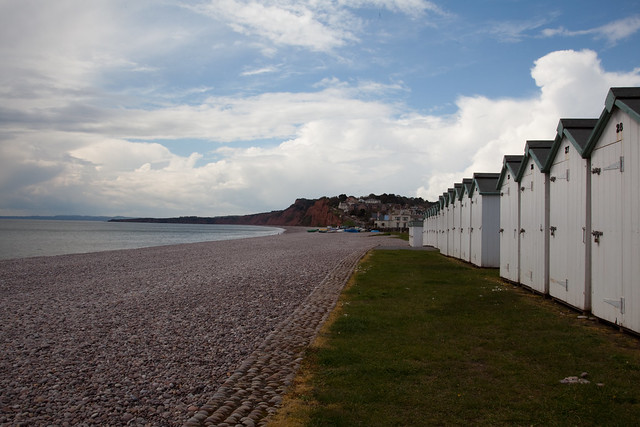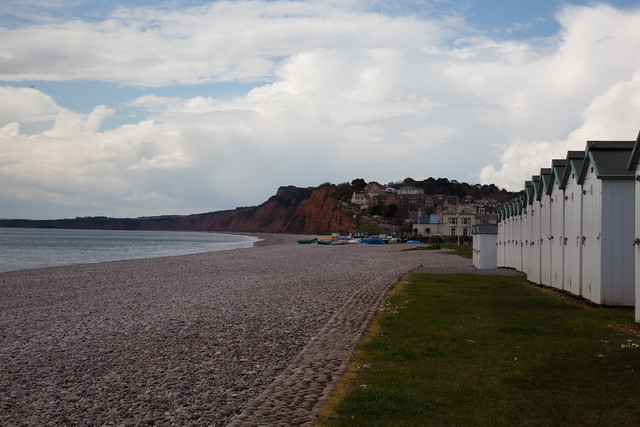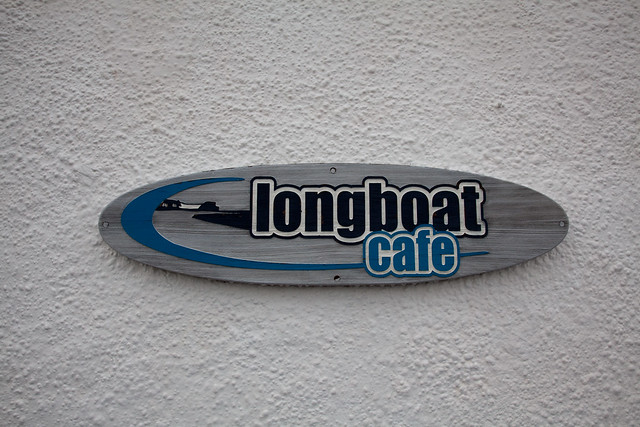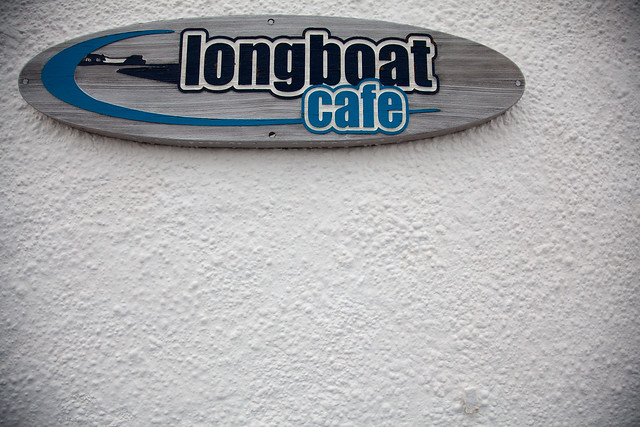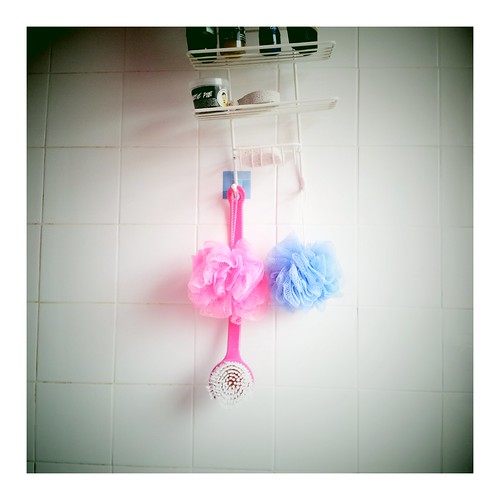This is an exercise to study how an object fits it's position in the frame taking a an object against a plain background you can , by positioning it in within the frame change its dynamics.
Taking a shot right in the centre of the frame has no real dynamic input it merely shows this is the object.
Moving the main subject slightly to one side starts to add a more dynamic feel , making you look at it is as well as the background.
Moving it again to the top right corner of the frame adds another element as the eye moves up the image.
Moving it down adds another not so dynamic experience
Positioning of an element centrally has the effect of neither the background or the subject having a distinct priority. The attention flicks between the subject and the background. Moving the subject off centre actually makes you start to look at it more. However depending on the position as the image is "read" can also affect this. I think moving to the right either to the edge or either corner draws the attention where as on the left we still get the same effect of the "flip flop" between subject and background.

